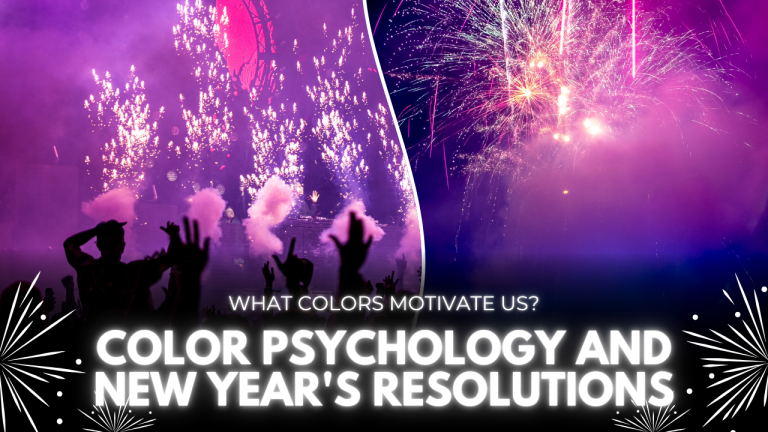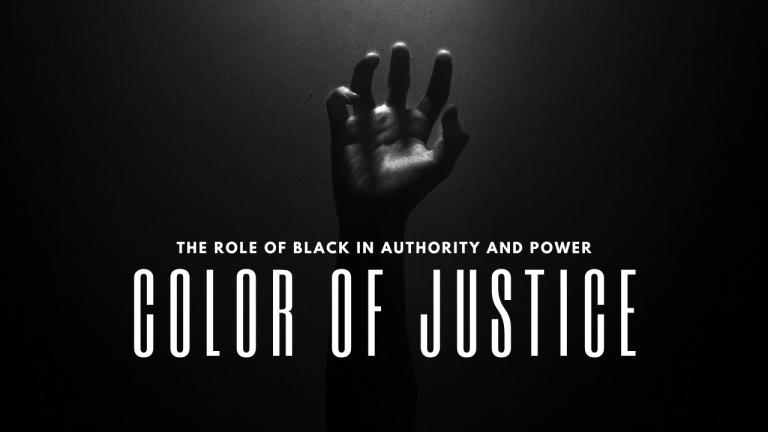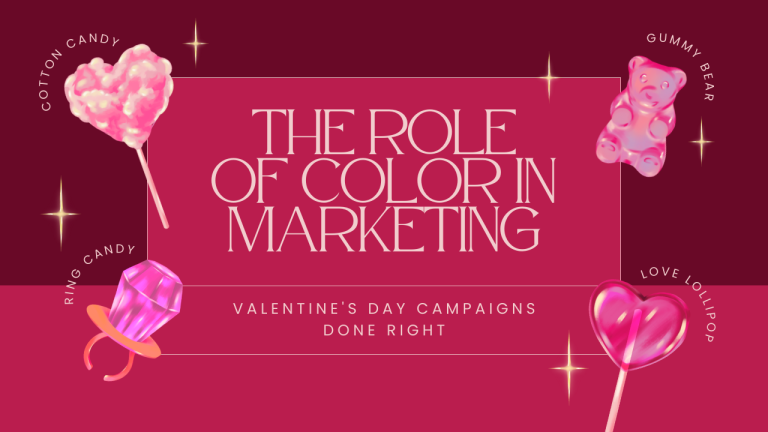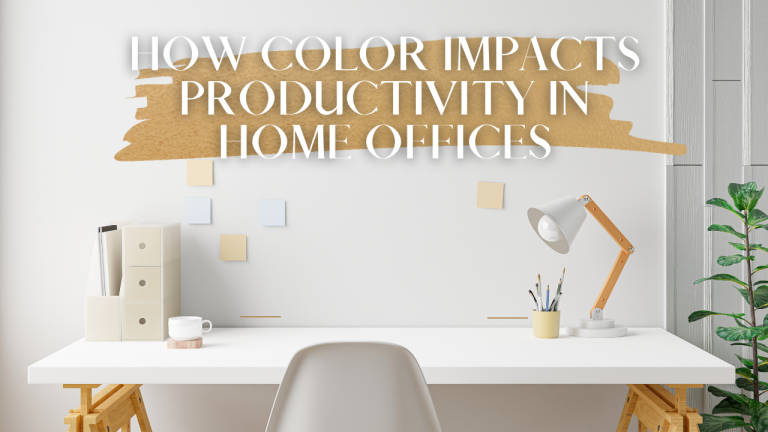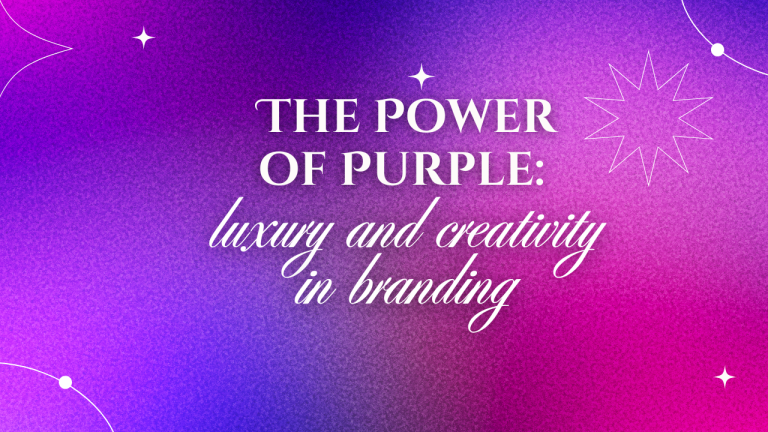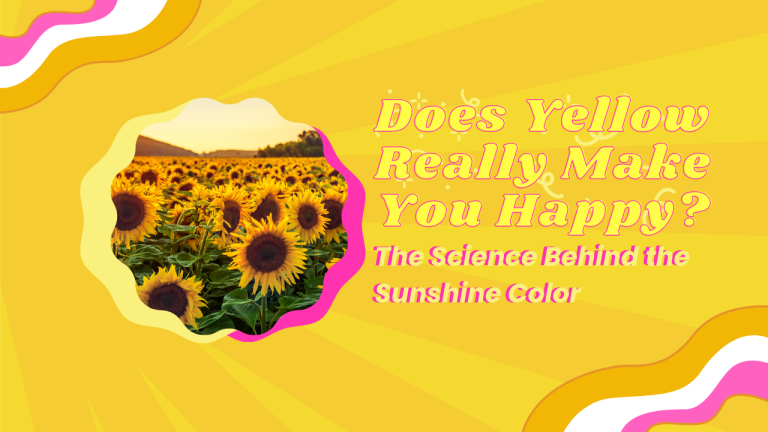A crimson sunset is a stunningly beautiful red color psychology. Several warm embers glowed. This glow provided comforting warmth. One blooming rose radiates intense passion. Red’s intensity commands attention and evokes feelings like nothing else. Grasping the deep importance of this specific energetic hue can dramatically transform many unremarkable spaces into charming settings that resonate deeply with our core emotional connections as Valentine’s Day approaches.
The Evolutionary Significance of Red
At the core of human psychology is a natural reaction to the color red, rooted in our earliest experiences as a species. This deep-seated connection leads to faster heart rates, greater awareness, and heightened emotional sensitivity when we find ourselves in red surroundings. Designers who delve into the significance of red in interior design harness these basic psychological responses to craft spaces that truly resonate with us.
Red Color Psychology Cultural Legacy
Throughout history, red has been recognized as a color with deep emotional meaning. In Chinese culture, it represents joy and prosperity, while in ancient Rome, it was associated with Mars, symbolizing passion and strength. In Indian weddings, red signifies new beginnings and happiness in marriage. This vibrant cultural significance makes red a perfect choice for Valentine’s Day decorations, helping to create environments that resonate with shared human experiences.
Professional Approaches to Valentine’s Day Decor
Living Space Enhancement
Professional designers suggest establishing strategic focal points instead of inundating spaces with red. Here are some more sophisticated approaches:
Living Areas
The secret is in achieving a balanced distribution. Deep burgundy throw pillows paired with neutral furniture create a striking contrast. Vintage-style red curtains soften the natural light, infusing the room with warm, romantic tones. An authentic Persian rug featuring red accents can anchor the space while introducing a touch of cultural richness.
Dining Spaces
For a romantic Valentine’s dinner, incorporating various shades of red adds richness and dimension:
- Luxurious burgundy tablecloths
- Elegant crystal glassware with ruby details
- Dark red taper candles in silver holders
- Vibrant crimson roses in transparent vases
Bedroom Design
Professional bedroom styling benefits from understated red accents:
- Luxurious velvet cushions in rich red
- Handcrafted burgundy throws
- Selected artwork that incorporates red elements
- Textured red picture frames
Working with Red Variations
Different shades of red elicit unique emotional reactions:
- Burgundy: Represents sophistication and maturity
- Cherry: Conveys energy and vibrancy
- Ruby: Symbolizes romance and luxury
- Crimson: Embodies intensity and passion
Well-chosen color pairings create particular atmospheric effects:
- Red paired with White: Evokes traditional romance
- Red paired with Pink: Suggests contemporary softness
- Red paired with Gold: Signifies celebratory elegance
- Red paired with Black: Reflects modern sophistication
What Colors Go with Valentine’s Day Trend Colors
-
Dusty Rose (Hex: #D8A7B1): A sophisticated alternative to traditional pink, perfect for modern Valentine’s designs.
-
Deep Burgundy (Hex: #800020): A rich, romantic alternative to bright red that adds depth and sophistication.
-
Soft Lavender (Hex: #E6E6FA): A gentle purple tone that pairs beautifully with traditional Valentine’s colors.
-
Blush Pink (Hex: #FFB6C1): A delicate pink that creates a soft, romantic atmosphere.
-
Pearl White (Hex: #F5F5F1): A warm white that softens the intensity of stronger Valentine’s colors.
Similar Colors to Valentine’s Day Classics
-
Ruby Red (Hex: #E0115F): A jewel-toned red that adds luxury to Valentine’s designs.
-
Mauve (Hex: #E0B0FF): A muted purple pink that offers a sophisticated twist on traditional pink.
-
Rose Gold (Hex: #B76E79): A metallic-inspired shade that adds modern glamour.
-
Berry Red (Hex: #8B0045): A deep, rich red with purple undertones for dramatic effect.
-
Champagne (Hex: #F7E7CE): A light, celebratory neutral that complements Valentine’s palettes.
-
Coral Pink (Hex: #FF6F61): A warm, energetic pink that adds vibrancy to Valentine’s designs.
Conclusion
The psychology of red in interior design provides valuable insights for creating spaces that evoke strong emotions, especially during Valentine’s Day and throughout the year. By grasping its psychological effects and applying it skillfully, designers can create environments that are visually appealing and emotionally engaging.
The secret to effective use of red is in its careful application rather than an overpowering display. Whether for cozy Valentine’s gatherings or for setting a year-round mood, the strategic incorporation of red can lay the ideal groundwork for any event.
